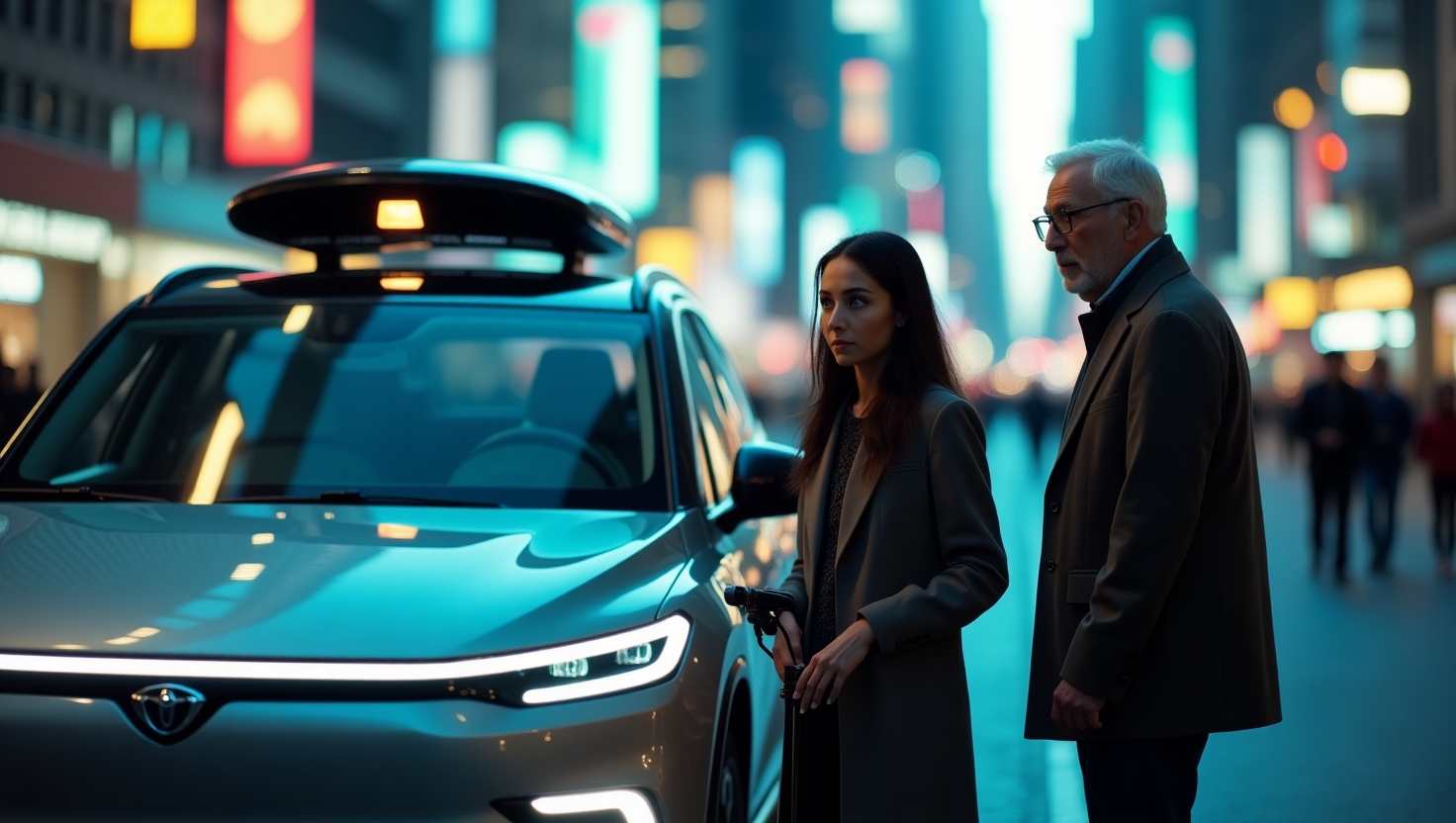Exploring the Role of AI in Autonomous Vehicles: Shaping the Future of Urban Mobility
Introduction
The concept of AI in autonomous vehicles is no longer confined to the realms of science fiction. Today, self-driving cars represent the vanguard of technological innovation in transportation. This burgeoning technology is not only reshaping the landscape of urban mobility but also promising transformative improvements in traffic safety. By allowing vehicles to navigate complex urban environments with minimal human intervention, AI-driven vehicles have the potential to drastically reduce traffic incidents, alleviate congestion, and revolutionize the way we conceive urban transport.
Background
The journey of self-driving technology began decades ago, with significant strides being made in recent years as AI algorithms and sensor technologies have become more sophisticated. Transcending traditional vehicular capabilities, AI in autonomous vehicles integrates computer vision, machine learning, and IoT interoperability to create an organism-like awareness of road conditions and traffic patterns.
Present-day AI regulations concerning autonomous vehicles are varied and evolving globally. While some regions embrace innovation with open arms, others tread cautiously due to safety concerns. Consider the UK, where Waymo is set to launch its first international robotaxi service by 2026 (source: Wired Article). Conversely, organizations like Safe Autonomous Vehicles Everywhere in the United States (SAVE-US) advocate for more stringent controls to ensure safety in driverless technology, specifically targeting Tesla’s approach (source: Wired Article).
Trend
With urban areas witnessing an increase in autonomous vehicle deployment, driven by pioneers such as Waymo and Tesla, the trend signifies a paradigm shift in self-driving technology. This is fueled by a combination of public curiosity and substantial investments from both private sectors and government bodies. For instance, Tesla’s strategy involves constant software updates and real-world data utilization to enhance their AI models, setting industry standards.
Public interest in autonomous vehicles is reflective of a broader societal embrace of urban mobility advancements. With Waymo having completed over 10 million paid rides, consumer appetite for self-driving technology is evident, although accompanied by a healthy degree of scrutiny regarding its safety and ethical implications.
Insight
AI’s contribution to traffic safety is most evident in its ability to process data from multiple sources near-instantaneously, allowing it to anticipate and react to potential hazards with superhuman speed and precision. For example, an AI system can detect pedestrians at dusk or differentiate between a child’s erratic movements and a leaf blowing across the road—a task notoriously challenging for human drivers.
However, the rollout of autonomous technology is not without its hurdles. Regulatory challenges and public anxiety concerning reliability and ethical decision-making remain pressing issues. There is a growing call for regulations that balance innovation with public safety. A quote from the Wired article highlights, \”If we don’t have good regulations in place, we leave the door open for any company to pursue an unsafe path.\”
Forecast
Looking ahead, the landscape of AI in autonomous vehicles will likely experience a significant evolution. Advances in AI technology promise to catalyze innovations in urban mobility, potentially ushering in an era of efficient, connected, and sustainable transport ecosystems. With the collaborative effort of tech firms, regulatory bodies, and advocacy groups, the industry can refine the safety and reliability of autonomous vehicles.
The future might also witness the birth of new partnership models between governments and tech companies. These collaborations could drive essential infrastructure enhancements and regulatory frameworks necessary to leverage the full potential of self-driving technology.
Call to Action
As we brace for a future shaped by AI-driven innovation, it’s imperative for enthusiasts, policymakers, and industry leaders alike to stay informed about the unfolding dynamics of autonomous vehicles. Engaging with ongoing advancements and regulatory developments is crucial, as they will define not only industry standards but also societal norms around technology and safety. Embrace this transformation by diving deeper into the implications of AI in autonomous vehicles and exploring the challenges and opportunities it presents.
